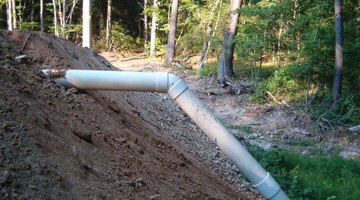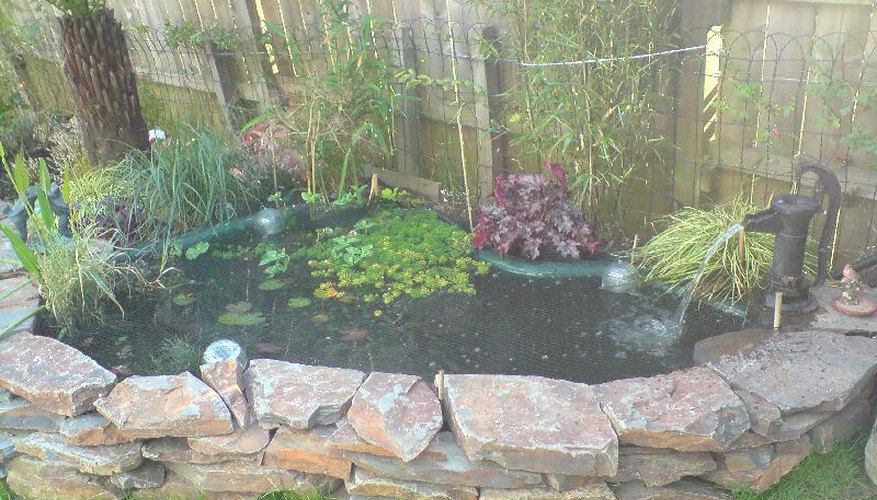Preformed ponds, just like any other ponds, need to have a contingency plan for any water over flow emergencies. If left unchecked, an overflowing pond can wash away valuable plants, soil and even added fish if remained unchecked.
Overflows are generally caused by natural elements, such as rain or melting snow. Although the weather cannot be changed, your pond can be modified to eliminate harmful overflow conditions.
Manual Overflow Protection
Since most overflow situations are caused by weather conditions like heavy rainfall, you can easily drain water out of your pond manually by using an outlet drain valve or scooping water out with a bucket. Of course, estimating weather patterns is always guesswork, as well as the guesswork involved with how much water to drain. However a benefit to this is you will know exactly how much water has been removed, and you can then add the correct amount of pond stabilising chemicals to bring the water back to your preferred Ph value, once it has refilled.
Automatic overflow protection

You can add an outlet or overflow pipe to the top of your pond which will always allow water to escape in any overflow situation. It needs to be placed directly at the natural water line of the pond to funnel water out and away before it can cascade over the top rim of your preformed pond. PVC is a good choice as an overflow pipe, but for those looking to use something that accentuates a natural habitat, a piece of hollow bamboo can be used as a pipe instead.
To make sure plants or fish (even their eggs) do not get drained out or escape, attach a mesh screen over the pipe on the inside of the pond. Ideally, if you have a drain outlet, the overflow and the outlet pipes can join and drain together to a suitable place that will not compromise the soil base of the pond itself.
- You can add an outlet or overflow pipe to the top of your pond which will always allow water to escape in any overflow situation.
- Ideally, if you have a drain outlet, the overflow and the outlet pipes can join and drain together to a suitable place that will not compromise the soil base of the pond itself.
